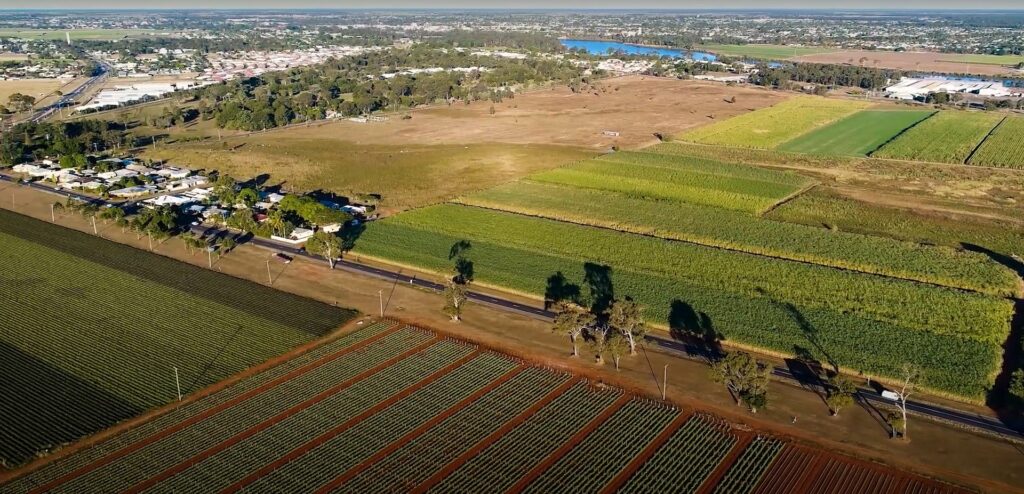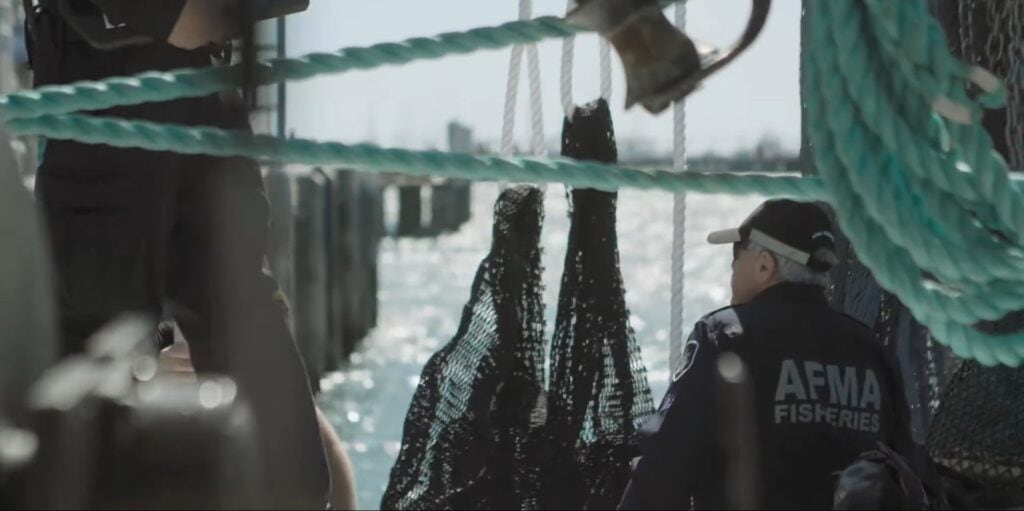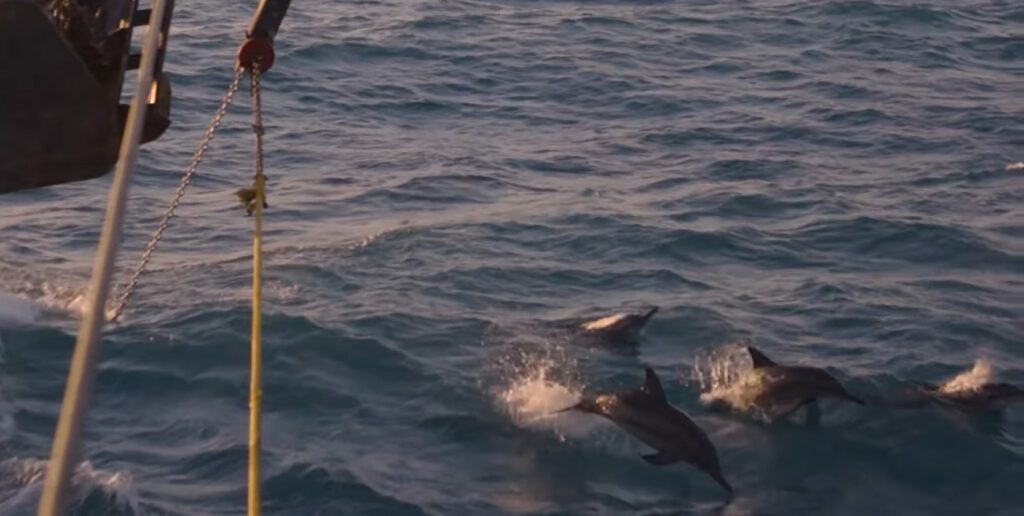Australia’s wild prawn fisheries have much to celebrate about their environmental performance on the global stage but it’s an endless pursuit of new technology to further improve. The industry relies on external expertise to identify where to focus its improvement efforts.





Who decides if there are enough prawns?
Australia independently assesses fish stocks under the United Nation’s Fish Stocks Implementation Agreement to establish the Sustainable Australian Fish Stock status. www.fish.gov.au. Only 1% of Australia’s commercial prawn species were classified as Depleting in 2020, some small volume species were undefined. 99% of the assessed prawn species catch was classified Sustainable.
Who decides if the fishery is healthy?
The environmental performance of fisheries must meet obligations under the Environment Protection and Biodiversity Conservation Act 1999 (EPBC Act) and achieve the Global Seafood Sustainability Initiative standard. Their management is regulated at state or territory level. An assessment against the EPBC Act underpins a Wildlife Trade Operation permit that is needed by each fishery before they can export. Each major prawn fishery currently has achieved a Wildlife Trade Operation permit. Where there are conditions in place, fisheries are working towards resolving them through research and development programs.
Does anyone else provide extra confidence?
Global marine stewardship certification entity, Marine Stewardship Council, has assessed and certified five Australian fisheries who opted for additional sustainability credentials; Northern Prawn, Shark Bay, Exmouth, Spencer Gulf.
“We’re the first ones to put up our hand if something’s not right – needs to change and we need to do something about it.”
– Ash Lukin, Spencer Gulf fisherman, 2019
